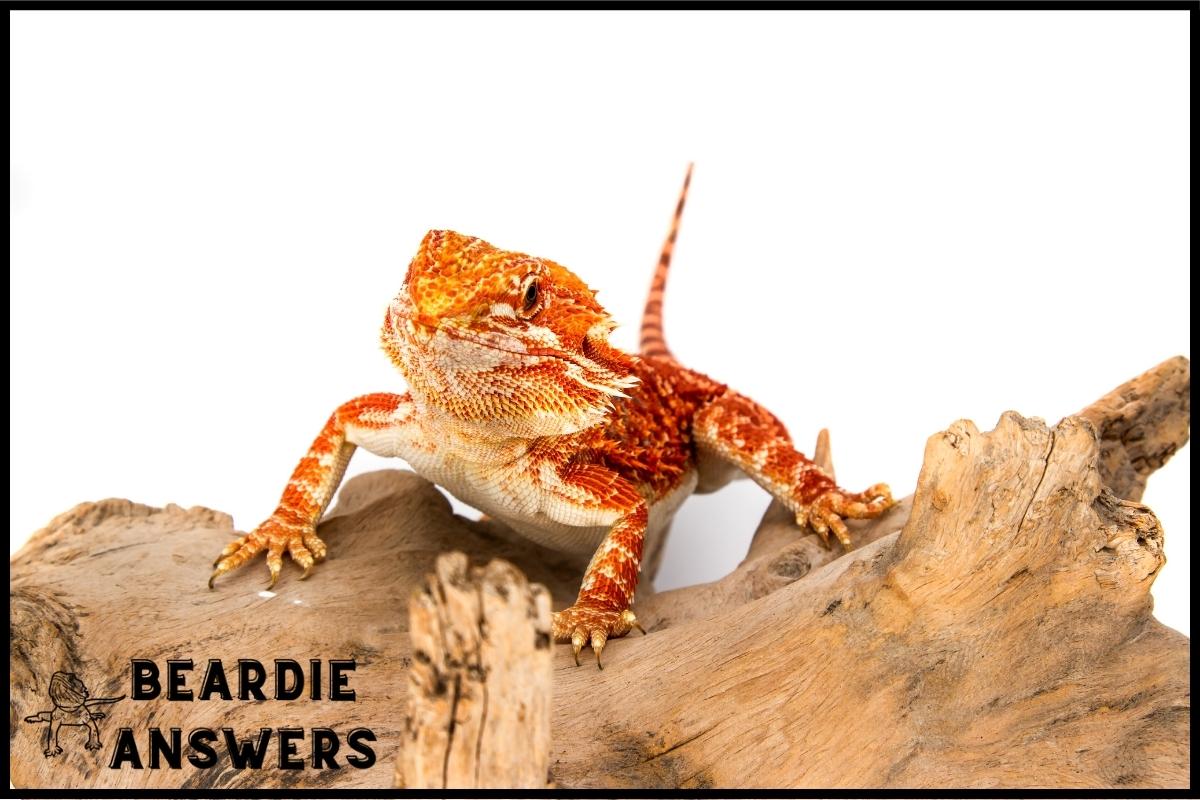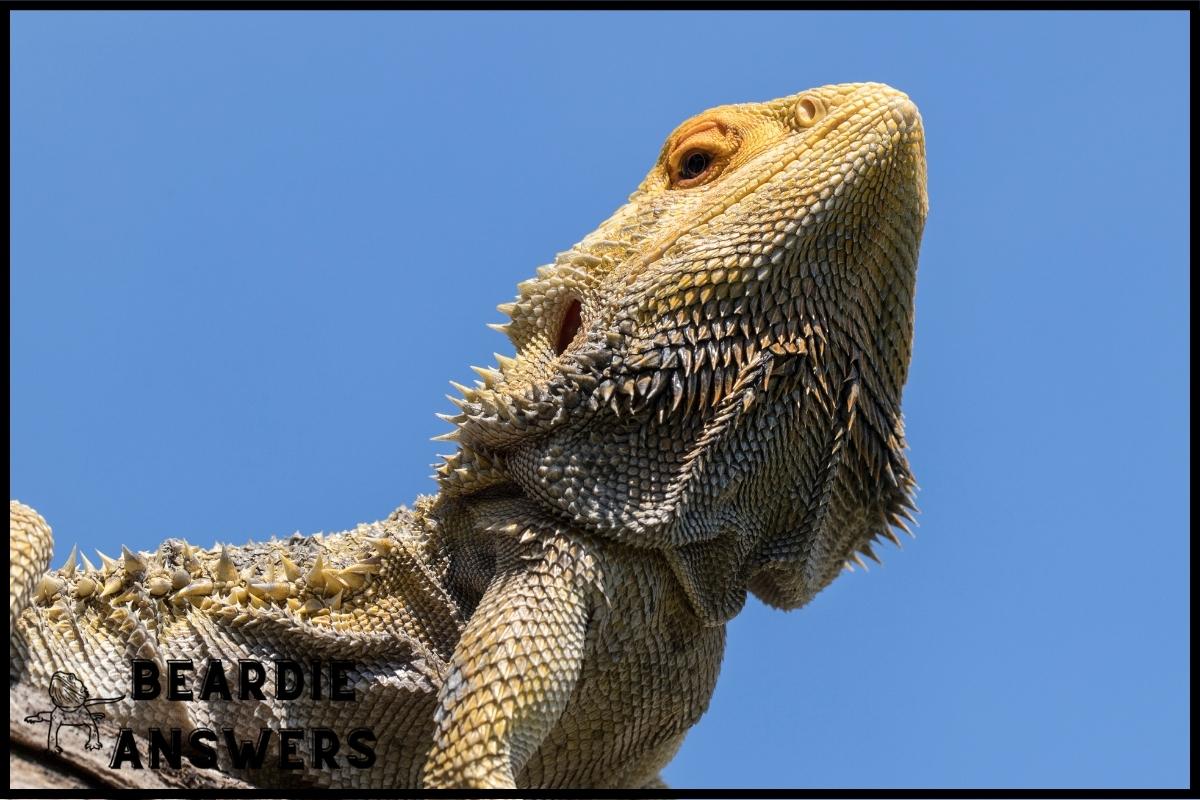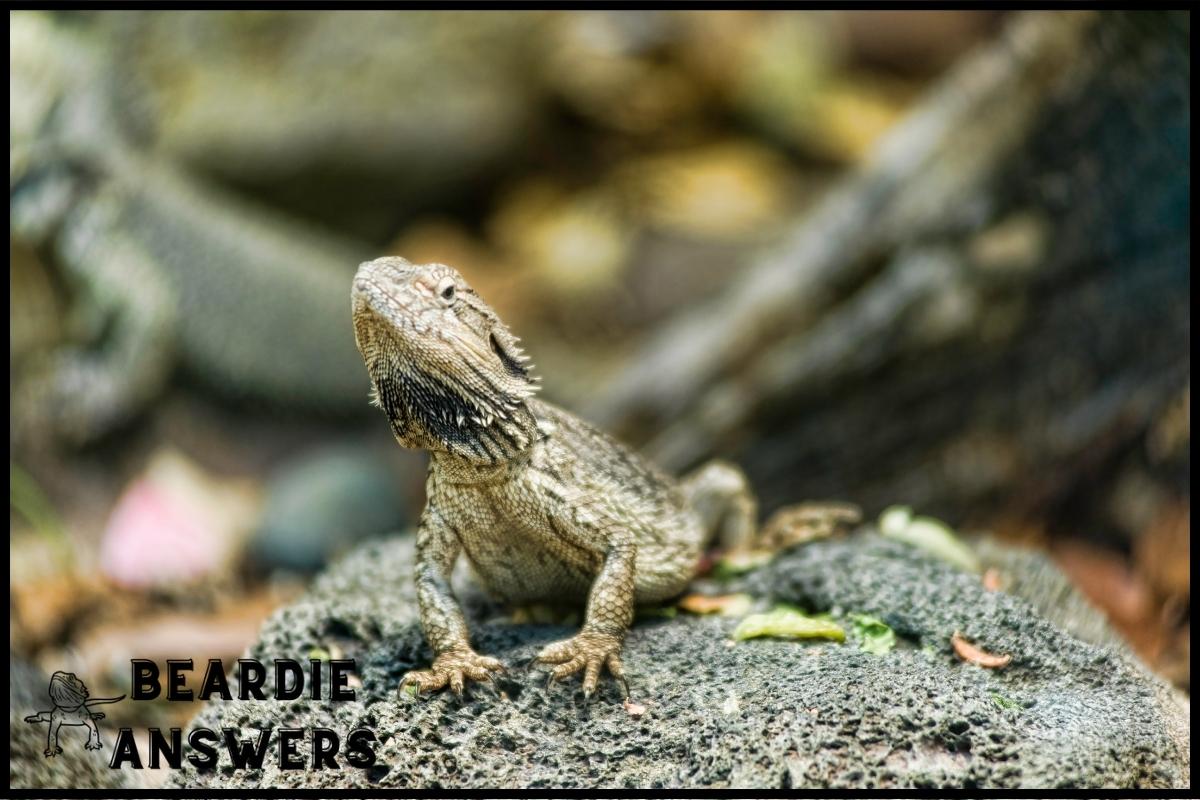Bearded dragons require both UVB and UVA lighting to stay healthy. UVB lighting is necessary for their bodies to synthesize vitamin D3 and absorb calcium, while UVA lighting helps regulate their circadian rhythms and overall well-being. It’s important to provide your bearded dragon with high-quality lighting to prevent health issues.
What You'll Learn
What Is UVB Lighting?
UVB lighting is an essential part of bearded dragon care. UVB sources provide ultraviolet B radiation, which helps dragons properly absorb calcium and maintain overall health. Without adequate levels of UVB lighting, dragons can suffer from metabolic bone disease due to inadequate intake of calcium and vitamin D3.
The most popular source for providing UVB light are fluorescent tubes specifically made for reptiles; these should be replaced every 6-12 months in order to ensure proper levels of UVB exposure.
UVA lighting, on the other hand, provides ultraviolet A radiation that is beneficial for stimulating breeding behavior as well as aiding in thermoregulation. UVA lamps must also be changed every 6-12 months or when their light output drops below acceptable levels. Common sources of UVA include mercury vapor bulbs, halogen spotlights, and compact fluorescent bulbs designed for reptile use.
With both UVB and uva sources available, it’s important to make sure your bearded dragon has the right balance of lighting to keep them healthy and happy. To move forward with this discussion now let’s take a closer look at what exactly is UVA lighting?
What Is Uva Lighting?
UVA and UVB lighting are both equally important to the health of bearded dragons. UVA is a type of light that helps with physical activities, such as basking, while UVB lighting assists in calcium absorption for healthy bones. Both are necessary for providing an optimal environment for your pet dragon.
To gain the full benefits from these lights, it’s important to understand the differences between them:
- UVA Sources – These include natural sunlight or specialized reptile bulbs, which help stimulate activity levels like appetite and mating behavior in reptiles. This type of light also allows dragons to recognize their surroundings more easily.
- UVB Sources– These sources provide Vitamin D3 needed by lizards for proper bone development, aiding in better digestion and reducing metabolic bone disease risks. Reptiles require 10% – 20% UVB exposure daily so they can properly synthesize vitamin D3 into its active form.
- Overall Benefits – When combined together, UVA and UVB offer unique advantages for bearded dragons such as improved coloration, increased energy levels and enhanced immunity against some diseases due to greater access to vitamins and minerals found within their food sources.
By understanding how each source affects your dragon’s wellbeing you will be able to create an ideal habitat where all needs are met efficiently, thus ensuring a happy life for your lizard companion!
The next section will discuss the many benefits of utilizing UVA and UVB lighting for bearded dragons.
Benefits Of UVB And Uva Lighting For Bearded Dragons
A bearded dragon’s health is like a precious diamond; it needs to be polished and maintained carefully. When properly cared for, their beauty can last through the ages with ease. The right lighting provides essential nutrients that help keep your pet in peak condition — ultraviolet B (UVB) and ultraviolet A (UVA).
| Benefits | Dietary Needs | Behavioral Effects |
|---|---|---|
| Promotes Health | Synthesis of Vitamin D3 | Improved Appetite |
| Reduces Stress | Calcium Absorption & Utilization | Increased Activity Levels |
| Enhances Coloration | Reduced Aggression towards Other Reptiles |
UVB light helps synthesize vitamin D3, which allows the bearded dragon to absorb calcium and phosphorous from their food – two key components of their diet. UVA affects appetite by stimulating hunger hormones such as ghrelin and leptin, resulting in an increase in activity levels along with improved eating habits – both beneficial for any reptile! Additionally, this type of lighting has positive behavioral effects on reptiles since it reduces aggression towards other animals, allowing them to relax better in their environment. Finally, UVA radiation also enhances coloration, giving them a vibrant sheen that captures everyone’s attention.
The combination of these powerful benefits makes providing proper lighting for your pet critical. Knowing how much and what kind is necessary will take some research but is well worth the effort when you witness the results firsthand!
Determining The Right Amount Of Lighting
Determining the right amount of lighting for a bearded dragon is essential to ensure their health and wellbeing. It’s important that they receive both UVA and UVB light, as well as heat sources to regulate temperature.
When it comes to getting the proper levels of lighting, there are several factors to consider:
- Length and time of day: Bearded dragons need 10-12 hours of indirect sunlight or artificial lights each day. The length should be adjusted seasonally in order to mimic natural daylight cycles.
- Distance from bulbs: UVB bulbs should always be placed within 12 inches of your pet, while UVA bulbs can be kept further away since they don’t emit high levels of light.
- Heat sources: A basking lamp or ceramic heating element should also be used in conjunction with the lighting setup—this will help maintain appropriate temperatures throughout the enclosure.
It’s important to remember that all these elements must work together for your beardie to get optimal benefit from them; having just one component won’t do much good on its own!
By taking into account these various pieces, you’ll have everything you need for a successful lighting setup.
Types Of Lighting For Bearded Dragons
When considering lighting options for your bearded dragon, it’s important to provide both UVA and UVB rays in order to keep them healthy. There are several different types of lighting that you can use in order to create the right environment for your pet; some of these include fluorescent bulbs, LED lights, mercury vapor lights, and halogen lamps.
Each type has its own set of benefits and drawbacks when it comes to temperature control and providing adequate levels of light.
Fluorescent bulbs have been deemed as one of the most successful ways to provide UVA and UVB light for your reptile. They come in a variety of wattages so you can customize the amount of light they receive during the day. Fluorescent bulbs also generate less heat than other types of lighting, making them an ideal choice if you want to maintain a cooler temperature without sacrificing quality lighting.
LED lights are another popular option when it comes to providing optimal lighting conditions for your bearded dragon. LEDs produce bright white light which is perfect for creating a naturalistic look inside their enclosure. Additionally, LED lights tend to be energy efficient and last longer than traditional incandescent or halogen bulbs, helping you save money on electricity costs over time. With proper installation and maintenance, LEDs offer reliable illumination with minimal upkeep required from owners.
With all these options available, there’s no shortage of choices when it comes to selecting the best form of artificial sunlight for your beloved pet reptile.
Tips For Ensuring Proper Lighting
When it comes to ensuring the proper lighting for a bearded dragon, there are several important factors to consider.
Firstly, the placement of their lighting should be carefully monitored. It is recommended that you place the light source 12-18 inches away from your reptile in order to ensure they receive enough UVB and UVA radiation while avoiding potential burns or heat stress.
Additionally, monitoring the temperature around their habitat is essential as too much heat can lead to serious health issues. You may want to invest in a thermometer so you can keep an eye on temperatures throughout different parts of the day.
In terms of what type of lighting a bearded dragon needs, it is best to provide both UVA and UVB rays simultaneously through a combination lamp or separate bulbs. This will help them properly absorb calcium which helps with growth and maintenance of overall health. Be sure not to leave them under direct sunlight as this can cause sunburns, dehydration, and other illnesses due to overexposure.
It is also important to note that for optimal results, you should replace your lamps at least every six months when using fluorescent bulbs because these lights tend to lose effectiveness over time.
Furthermore, make sure all equipment used for lighting purposes is in good working condition before use as faulty wiring could put your pet’s safety at risk.
Taking these precautions into account will help guarantee healthy and ideal living conditions for your beloved lizard companion!
Conclusion
UVB and UVA lighting are essential for bearded dragons to remain healthy. Without the proper amount of light, a dragon’s health can suffer greatly.
As reptile owners, it is our responsibility to provide them with the best environment possible. To do this, we need to make sure that they get adequate UVB and UVA light – not too much or too little.
With careful consideration and planning, we can create an enriching habitat full of vibrant colors and natural warmth that will bring joy and happiness to both us and our beloved pets.

Hi! My name is Bryan, I am the “one behind the words” here are BeardieAnswers.com. I believe that providing quality care and nutrition is the best way to ensure the health of your pet. Every beardie is special and deserves the best care and attention. If you have questions about your bearded dragon, please don’t hesitate to ask! View My Full Author Page




